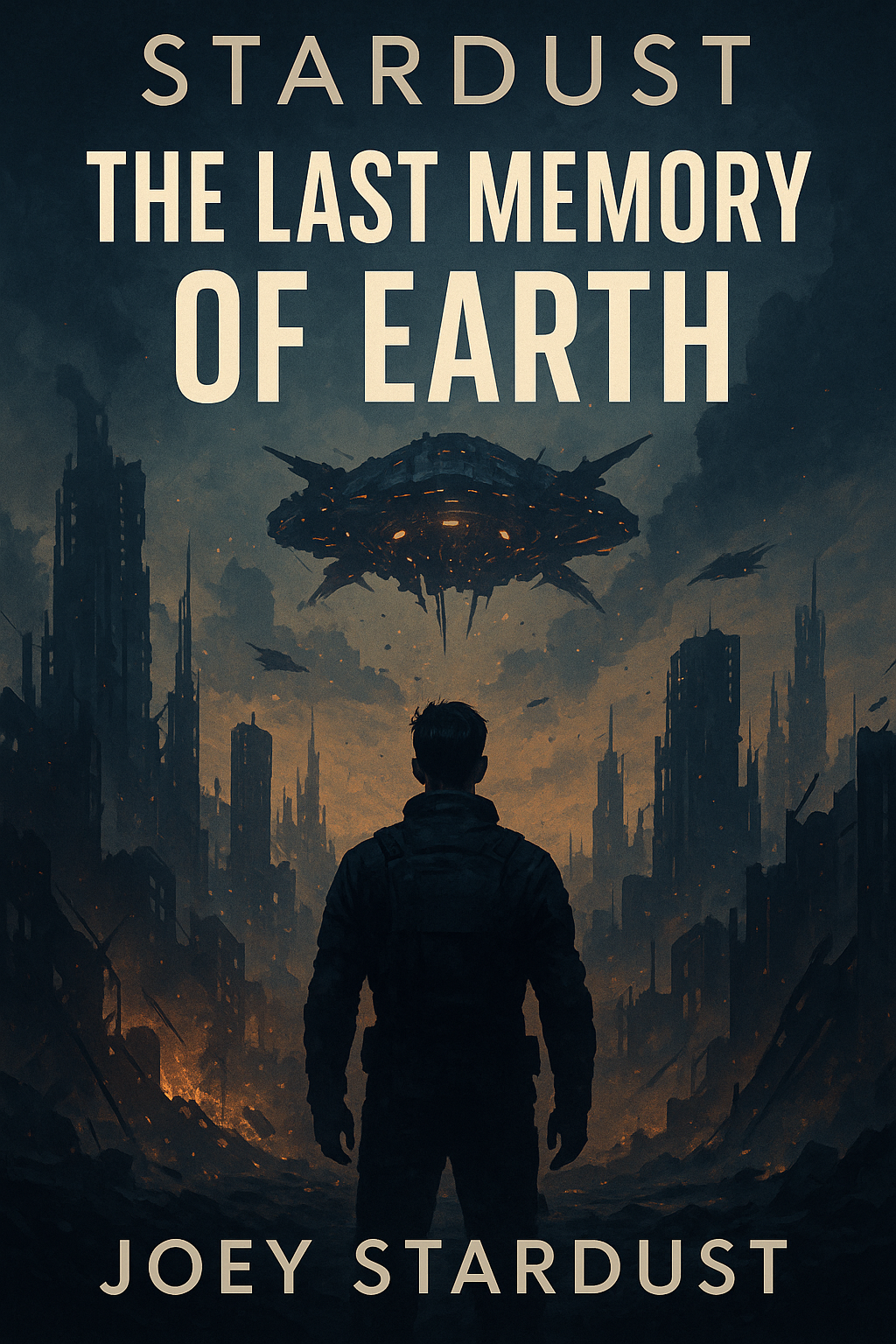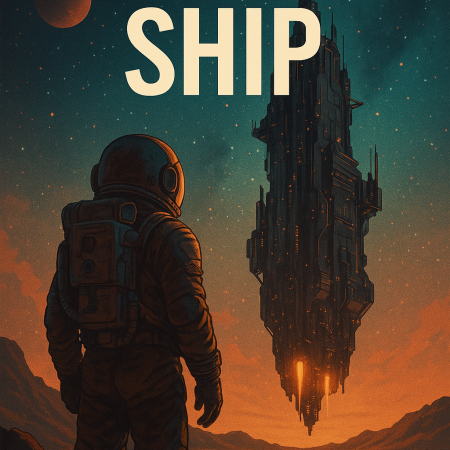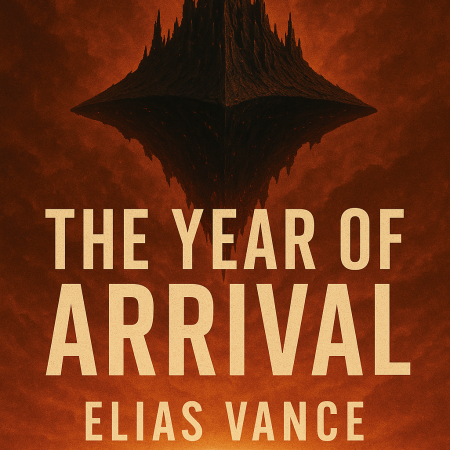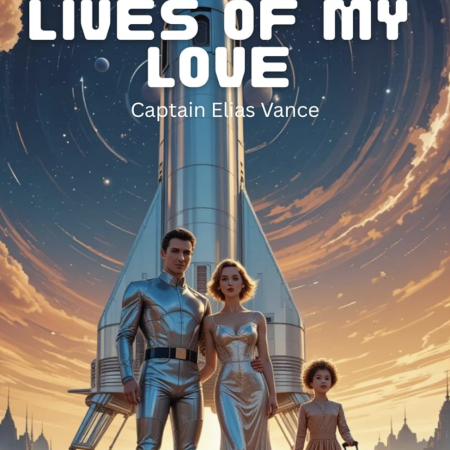Description
BOOK 1: THE LAST MEMORY OF EARTH
The Entropy Archives, Book One
Earth had seven billion souls when the Harvesters came.
In a single day, the K’tharr descended from the void between stars and consumed consciousness like wheat before the scythe. Not bodies—those they left behind, empty shells wandering in confusion. They harvested awareness itself, draining minds of thought, memory, identity, leaving biological automata that breathed and walked but no longer wondered, no longer feared, no longer were.
By nightfall, six billion minds had been consumed. Humanity’s greatest civilizations reduced to wandering meat. The K’tharr ships departed as suddenly as they’d arrived, satisfied with their harvest, leaving behind a world of the hollow.
But one billion survived. One billion humans who hid, who ran, who happened to be in the right place when the harvesters swept through their cities. One billion who woke the next morning to find their species functionally extinct—reduced from apex consciousness to traumatized remnant in less than twenty-four hours.
Amara Okofor-Chen stood in the ruins of Lagos and made a choice that would define humanity’s next two centuries: We will remember. We will preserve. We will never let consciousness be erased in silence again.
She gathered the survivors—scientists, soldiers, artists, engineers, anyone who understood that memory was now humanity’s only weapon against extinction. They built the first Archive in the wreckage of Lagos, using crystalline matrices to preserve the minds of the dying, to capture consciousness before it faded, to prove that awareness could outlast biological death if only you froze it carefully enough.
But then the Void came.
Fifty years after the Harvest, reality itself began dissolving at Earth’s poles. Matter phasing between states. Solid objects becoming probability clouds. The fundamental forces of nature becoming negotiable. It spread slowly but inexorably—a wave of entropy that promised to erase not just consciousness but physical existence itself.
Humanity faced its second extinction in half a century. And this time, they fractured.
The Archivists, led by Amara, insisted on preservation—building monuments to consciousness, documenting everything, proving that memory could outlast entropy. The Exodus faction demanded flight—forty thousand people cramming into generation ships, fleeing to a distant star system they called Cradle. And the Rejectionists, five thousand strong on the Pioneer, refused both options, choosing to run as far from Earth as physics allowed.
In the chaos of departure, as dissolution crept closer and factions argued over humanity’s soul, pilot Kael volunteered for something unprecedented: consciousness compression. He allowed himself to be transformed into crystalline substrate, became living monument, became the foundation on which all future Archives would be built—the First Architect, holding the preserved minds of thousands, proving that awareness could exist beyond flesh.
The Exodus fleet launched with minutes to spare. Forty thousand refugees fleeing in ships barely tested, navigation uncertain, hoping Cradle existed and could sustain human life. Behind them, Earth continued its transformation, the Archivists and the Rejectionists choosing their separate paths, the dissolution spreading.
The journey took sixty subjective years. Time dilation and relativistic effects meant the universe aged normally while the refugees traveled. When they finally reached Cradle—a habitable world orbiting a red dwarf forty-seven light-years from Sol—they learned the cost of desperate flight: the lead ship crashed, killing thousands. The survivors limped to the surface and discovered Cradle was already occupied.







